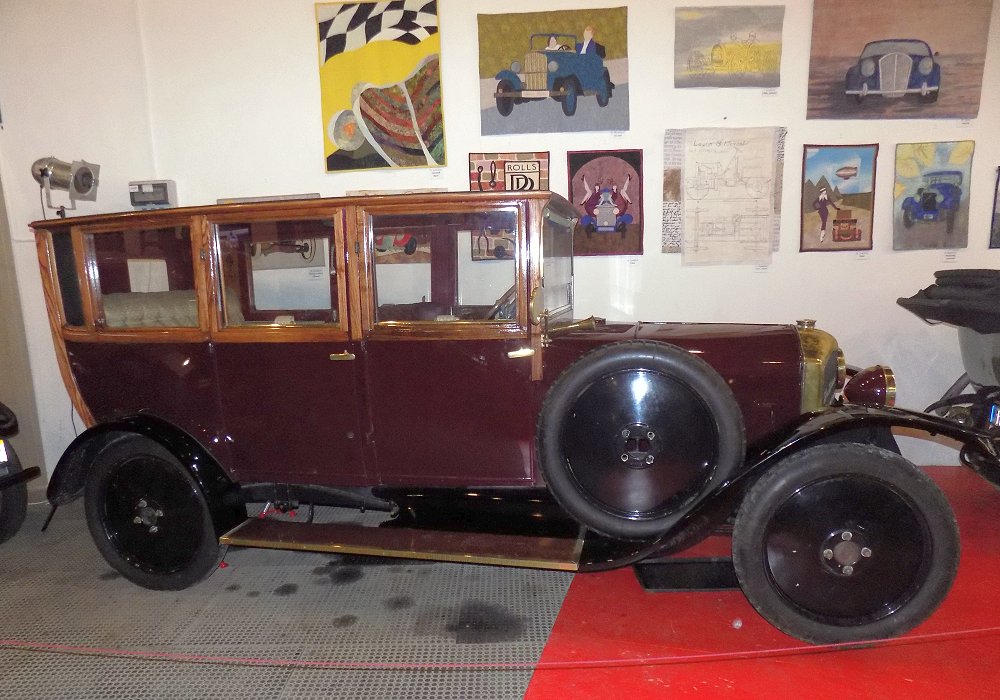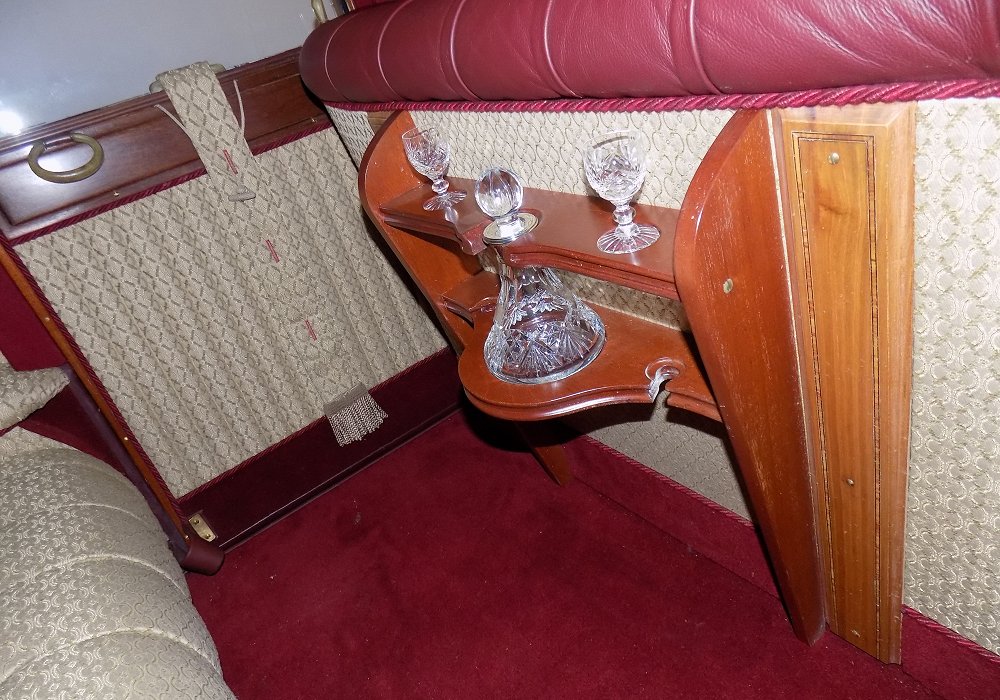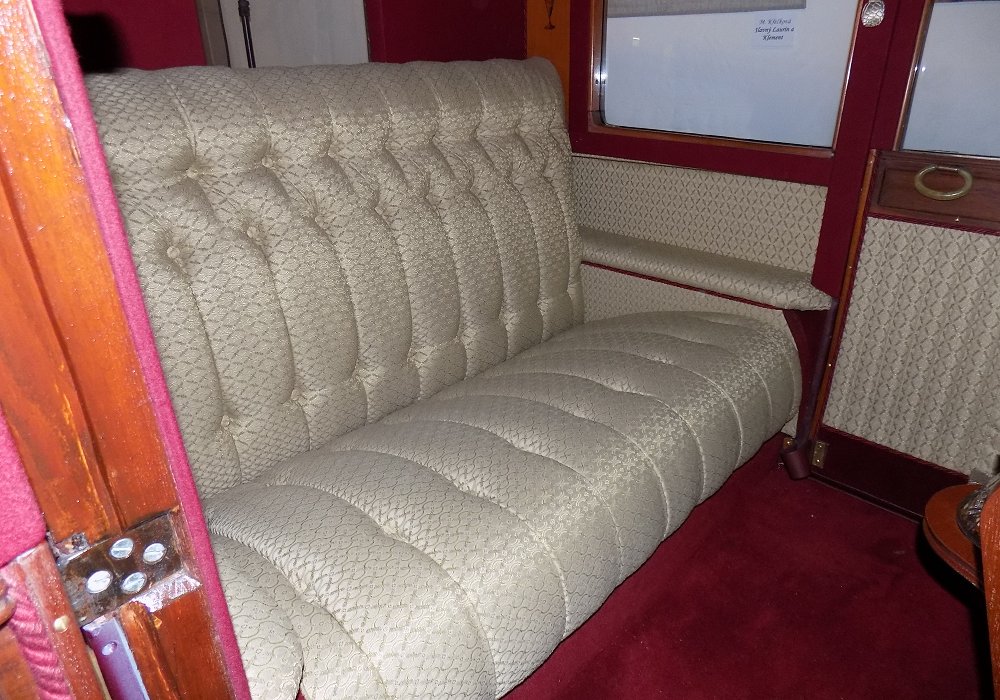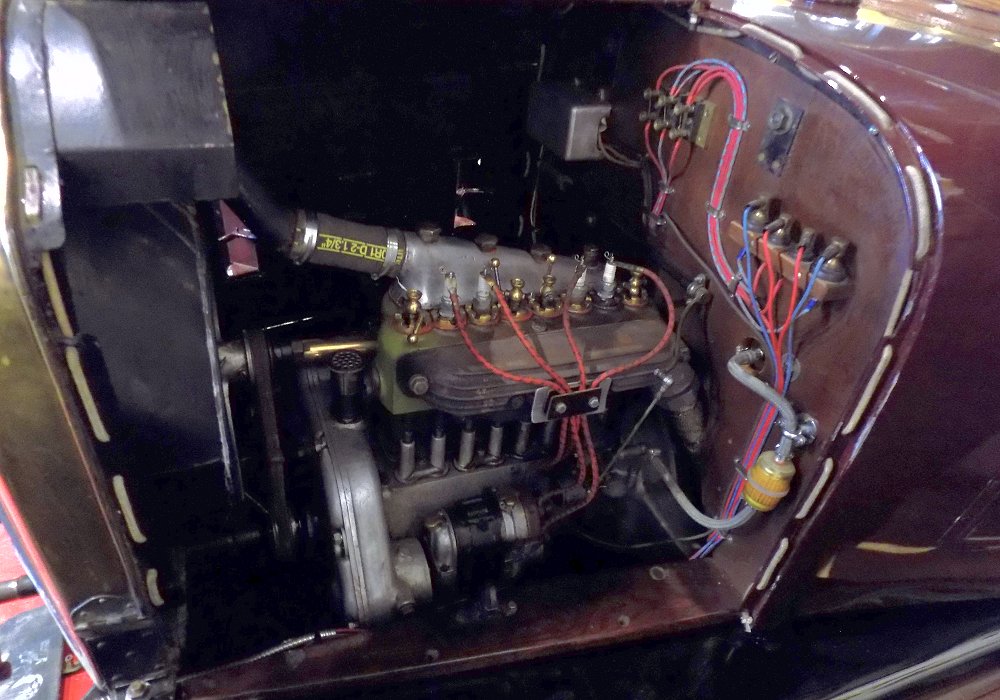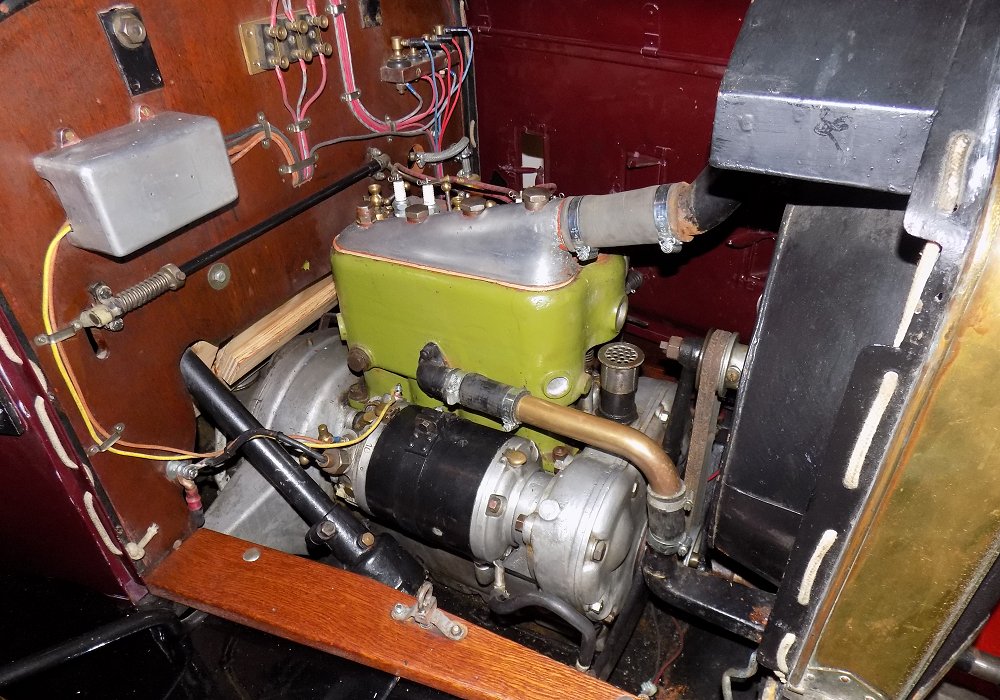Description
The De Dion-Bouton Type IE 10 CV Paris Town Car was a refined and stylish city vehicle produced during the early 1920s, at a time when the French manufacturer was transitioning fully into the realm of formal motorcars. Built on the same general platform as the Type ID, the Type IE represented a variant with updated styling and body configurations designed for urban use, particularly in cities like Paris where elegance and compactness were prized.
The 10 CV rating referred to the French fiscal horsepower system, which taxed cars based on engine size. The actual engine was a four-cylinder petrol unit with a displacement of approximately 1.8 to 2.0 litres. It operated on a side-valve layout, a standard configuration at the time for its simplicity and reliability. Power output was moderate, around 22 to 25 horsepower, making the car well-suited for town driving, with gentle acceleration and a quiet, smooth running character.
The engine was paired with a 3-speed manual transmission, operated via a centrally mounted floor lever. This was a durable gearbox, known for being relatively easy to shift compared to earlier pre-war designs. Power was delivered to the rear wheels via a shaft drive, a cleaner and more robust alternative to chain drive, which De Dion-Bouton had used in its earlier vehicles.
The Town Car body style was among the most formal designs of the era. It typically featured a fully enclosed rear passenger compartment, luxuriously trimmed and separated from the driver by a glass partition. The chauffeur’s area, in contrast, was often exposed or partially covered by a leather canopy. This arrangement preserved the privacy of the passengers while keeping the driver’s area utilitarian and easily accessible.
The chassis was constructed from a steel ladder frame, offering both rigidity and some degree of flexibility for varying road surfaces. Suspension was handled by semi-elliptic leaf springs at the front and rear, and the braking system was mechanical, usually acting on the rear wheels only. This was in keeping with the technological norms of the early 1920s, though braking distances were longer than would be expected from modern vehicles.
The Paris Town Car variant of the Type IE featured coach-built bodywork, often by specialist Parisian firms. Its dimensions were compact enough to allow for easy manoeuvring through the narrow city streets, while its high roofline, elegant lines, and upright stance gave it a formal and dignified appearance. The exterior was usually finished in deep black or dark hues with polished detailing around the windows, lamps, and door handles.
Inside the passenger cabin, appointments were aimed at comfort and quiet luxury. Upholstery was typically in wool or leather, and features included a fold-down occasional seat (or “strapontin”), window blinds, interior lamps, and grab handles. Communication between passengers and chauffeur was usually handled via a speaking tube or electric bell system.
The wheels were often wood-spoked artillery types or steel-disc wheels, shod with narrow tyres suitable for city surfaces. Lighting was electric, powered by a magneto or small dynamo, with electric headlamps and sidelights replacing the earlier acetylene systems.
The De Dion-Bouton Type IE 10 CV Paris Town Car appealed to professional and upper-middle-class clients who wanted a personal vehicle that combined respectability, privacy, and the prestige of a closed-body motorcar. It was frequently used by doctors, small business owners, or as a private hire vehicle for wealthy clientele needing transport through the city in comfort and style.
Although not as grand or opulent as the larger town cars from luxury marques like Panhard or Renault, the Type IE offered a more accessible yet still elegant alternative. Surviving examples of this model are now extremely rare, but when restored, they serve as graceful reminders of the formal city cars that once defined early 20th-century Parisian streets.
